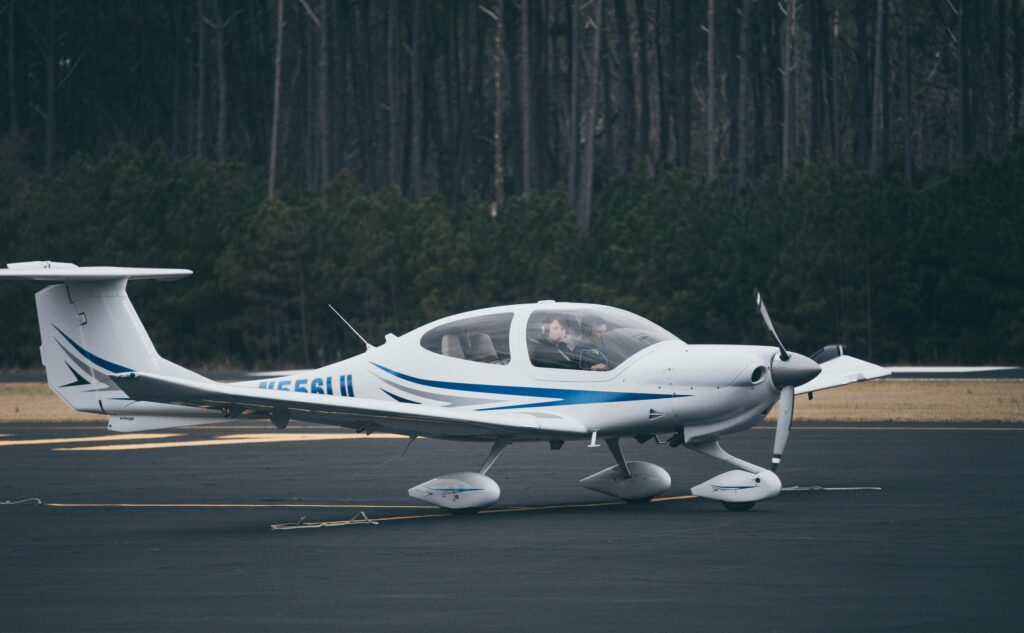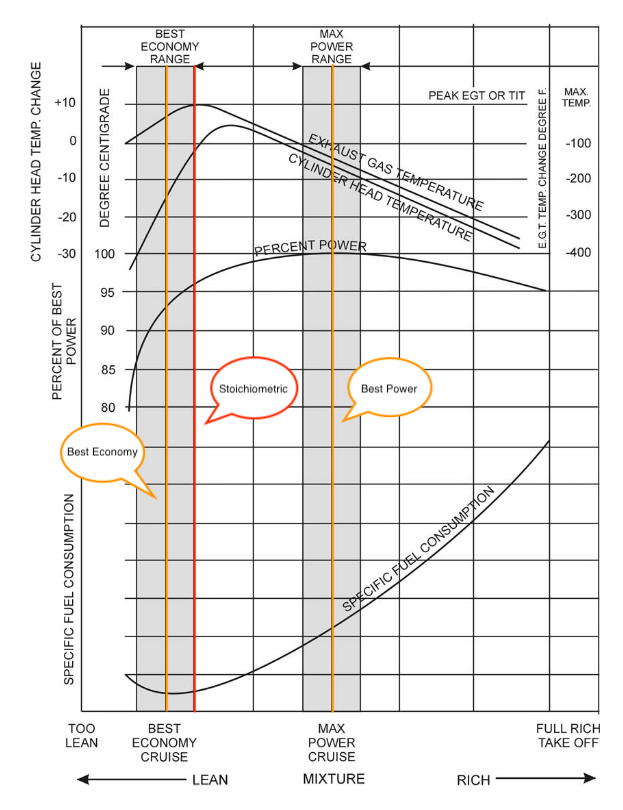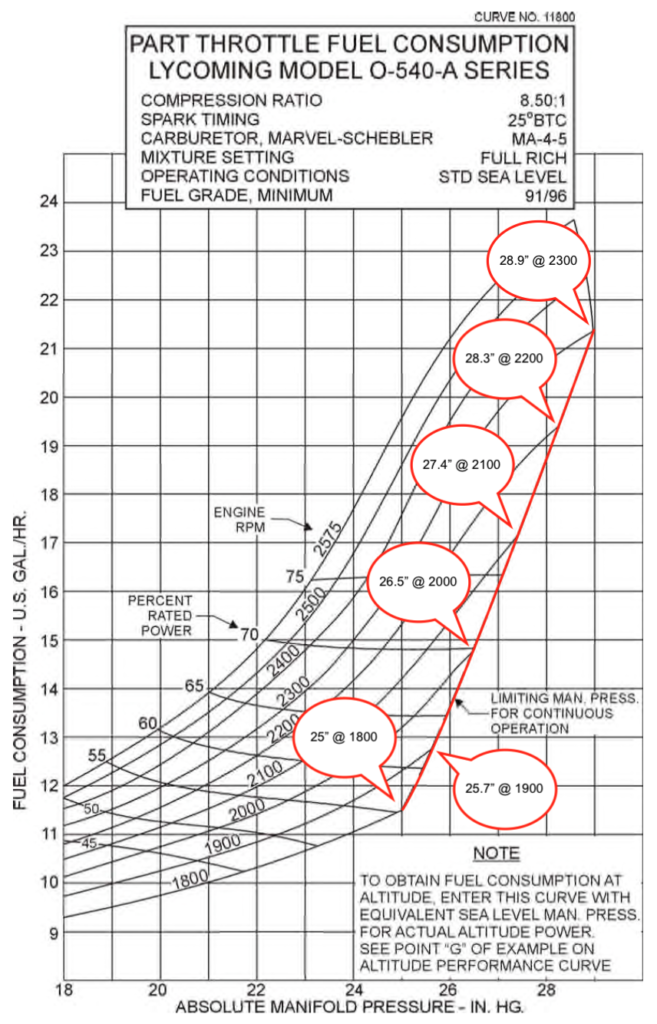
How Becoming a Pilot and Aircraft Owner Can Change Your Life – Part Five
Competently Operating Your Aircraft Engine is Vital to Becoming a Pilot and Aircraft Owner.
In the previous blog post, I realised I got off track while discussing how becoming a pilot and aircraft owner can change your life. I got so immersed in the details that I focused more on how to own and operate an aircraft. So, in this post, we’ll continue with those details, specifically the ins and outs of engine operation. However, I’ll also return to the main point—how this experience can truly transform your life.
In earlier posts, we discussed essential equipment to install in your aircraft and the in-flight test procedures needed to monitor your engine. Proper engine operation is crucial for safety, efficiency, and longevity.
How to Lean Your Aircraft Engine Correctly
Unlike modern cars, motorcycles, or even Rotax aircraft engines, you need to adjust the air-to-fuel ratio (AFR) in Continental and Lycoming engines manually. These engines don’t automatically adjust for changing air density at higher altitudes, so you must control the mixture.
In aviation, we’re used to this, but many pilots don’t fully understand the principles behind it. Generally, we differentiate between three types of mixtures: rich-of-peak, stoichiometric, and lean-of-peak.
The stoichiometric mixture is the exact air-to-fuel ratio needed for a complete combustion process. At this ratio, exhaust gas temperature (EGT) is at its highest, which is why we use EGT as a measure of leanness—lean-of-peak and rich-of-peak refer to positions relative to peak EGT.
For years, it was believed that running lean-of-peak would damage the engine, so pilots were advised to stay around 100°F rich-of-peak for best power, and 20 to 50°F rich-of-peak for best economy. However, we now know that 20 to 50°F rich-of-peak is the worst place to be, as it puts the highest stress on the engine. Running lean-of-peak is actually better for fuel efficiency and engine longevity.

Over-Square Operation: Myth vs. Reality
Like outdated leaning practices, there’s a misconception that over-square operation will damage your engine. Over-square operation refers to power settings where manifold absolute pressure (MAP) is higher than the engine RPM divided by 100.
It’s true that over-square operation outside the engine’s operating limits can cause damage, but this is true for any parameter. Aircraft engines can handle over-square operation safely, as long as it’s within the manufacturer’s recommended limits.
One of the main benefits of over-square operation is that it allows for more efficient fuel combustion. With lower RPM, each engine stroke has more time to complete, which is particularly beneficial during lean-of-peak operation. A leaner mixture takes longer to burn than a rich mixture, so the extra time helps ensure complete combustion. For more details, check out our blog post on over-square operation.

How Becoming a Pilot and Aircraft Owner Can Change Your Life
Let’s bring it back to the bigger picture. Becoming a pilot and aircraft owner can significantly change your life, depending on how you spend your time and resources. For many successful individuals, the key benefit is saving time while increasing freedom, fun, and flexibility. Whether for business or leisure, owning an aircraft is a game changer.
With your own plane, you avoid the hassles of commercial air travel, such as crowded airports, long security lines, and delayed or canceled flights. You’ll enjoy using general aviation terminals, where the experience is much more exclusive and efficient. You control your schedule, eliminating the worry of missed connections, lost baggage, or airline strikes.
The COVID-19 pandemic taught us the importance of self-reliance. Owning an aircraft gives you more options during emergencies or travel restrictions. You can access smaller airports closer to your branch office, clients, vacation homes, or favourite destinations like golf courses or marinas.
Beyond practicality, flying your own aircraft is incredibly rewarding. Taking your family, friends, or colleagues on trips in your plane is not just a time-saver—it’s a lifestyle. Once you experience it, you won’t want to go back.
Join the Waitlist
So, can becoming a pilot and aircraft owner change your life? Absolutely! And it’s just a message or call away. We’re launching the Pilot-Owner Academy soon, where we’ll guide you through becoming a competent pilot-owner, fast-tracking your learning, and avoiding common mistakes. Sign up for our waitlist today and get a jumpstart on your aviation journey!
About Quest Aeronautics
Quest Aeronautics is a state-certified engineering office for aviation, dedicated to shaping the future of general aviation by providing innovative and cost-effective solutions to enhance aircraft performance and operations. With a focus on CS/FAR-23 and experimental/amateur-built (E/A-B) aircraft, Quest Aeronautics provides a range of services including flight testing, aircraft operations and maintenance consulting, high-quality aviation products, and tailored support for E/A-B projects. Collaborating with industry-leading partners, Quest Aeronautics is committed to delivering unparalleled support and expertise to individuals and organisations in the general aviation market.
About Author
Sebastian, the founder of Quest Aeronautics, is a driven and enthusiastic individual with a passion for aviation. Before delving into aviation, he gained valuable experience as a chemical process engineer and laboratory technician. Sebastian holds a Master of Science in Engineering and a commercial pilot licence, with several fixed-wing aircraft ratings under his belt. He has also completed an introduction course for fixed-wing performance and flying qualities flight testing at the National Test Pilot School in Mojave, CA and is compliance verification engineer for flight.
